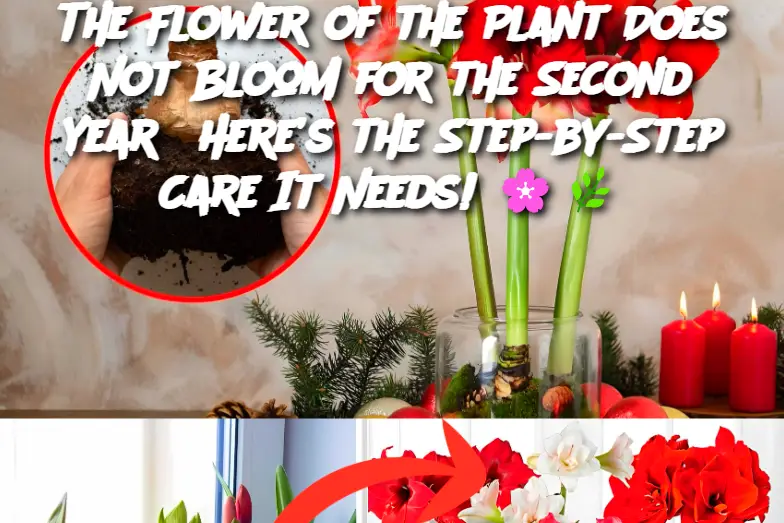❌ Lack of Nutrients – The plant may be missing key minerals like phosphorus and potassium, which are essential for flowering.
❌ Insufficient Sunlight – Many flowers need at least 6 hours of sunlight daily to thrive.
❌ Overgrown or Improper Pruning – If you cut too much or at the wrong time, you may remove new flower buds.
❌ Too Much Nitrogen – If your plant is getting too much nitrogen (often from fertilizer), it may grow lush green leaves but no flowers.
❌ Poor Dormancy Period – Some plants need a resting phase in winter before blooming again.
2. Step-by-Step Care to Encourage Flowers to Bloom Again 🌱🌸
✅ Step 1: Adjust Fertilization
✔ Use a low-nitrogen, high-phosphorus fertilizer to promote flowers instead of leaves. Look for a fertilizer labeled « bloom booster » with an NPK ratio like 5-10-10.
✔ Avoid over-fertilizing—once every 3-4 weeks is enough during the growing season.
✅ Step 2: Improve Sunlight & Placement
✔ Ensure your plant gets 6-8 hours of bright, indirect sunlight daily.
✔ If growing indoors, place it near a south-facing window or use grow lights.
✅ Step 3: Proper Watering & Drainage
✔ Overwatering can rot the roots, preventing flowering. Let the soil dry slightly between watering.
✔ Use well-draining soil and a pot with drainage holes.
✅ Step 4: Prune at the Right Time
✔ Remove dead flowers and weak stems to encourage new blooms.
✔ Do not prune heavily in late summer or fall, as this may remove next season’s buds.
✅ Step 5: Provide a Proper Dormancy Period
✔ Some flowers (like tulips, orchids, and amaryllis) need a rest period.
✔ Reduce watering and keep them in a cool, dark area for a few months before reintroducing light and warmth.
